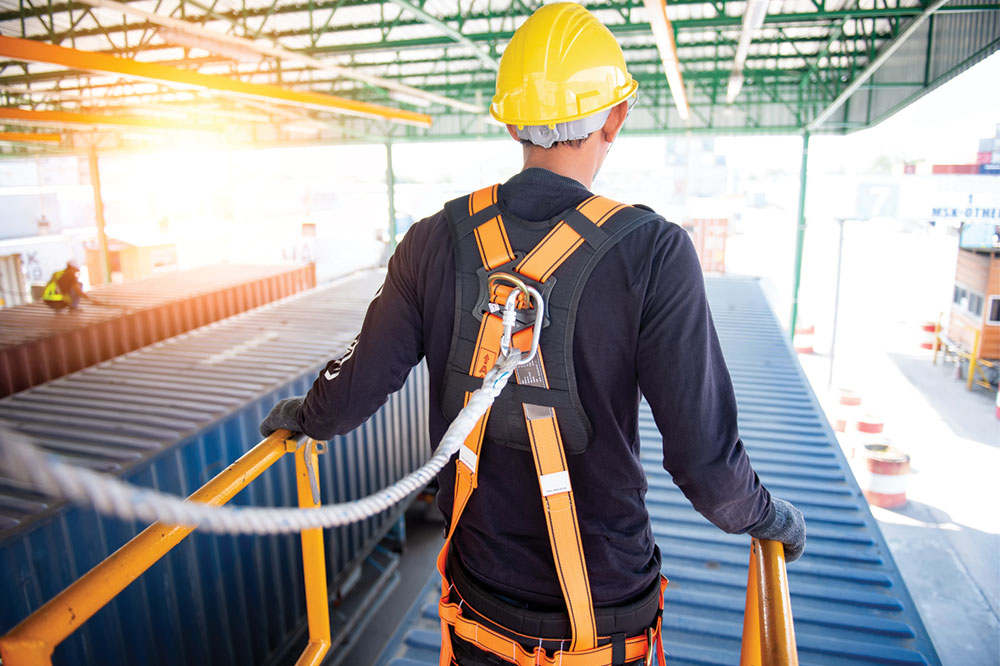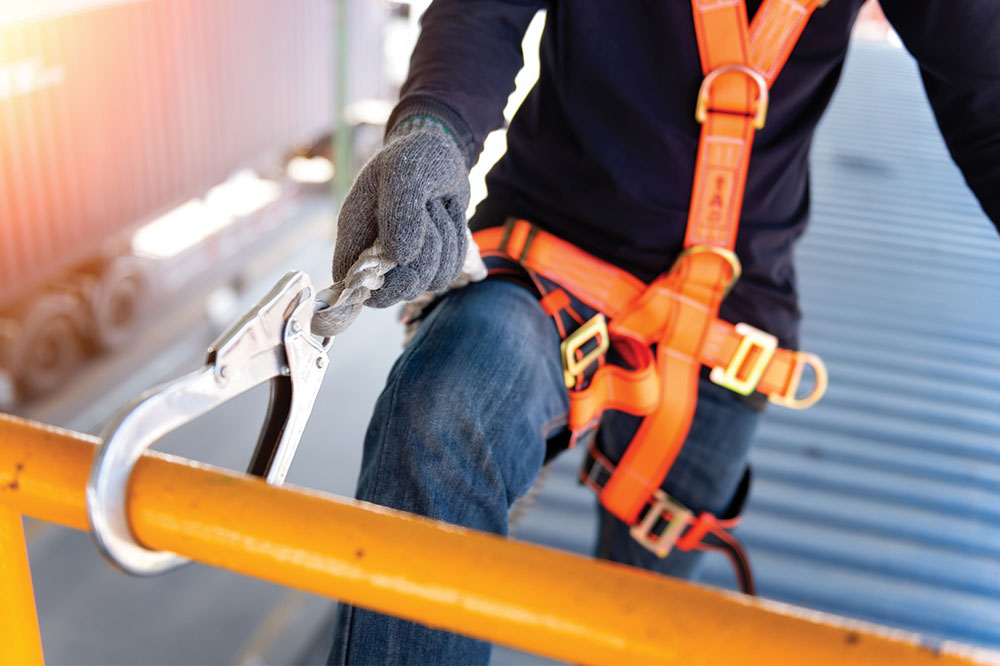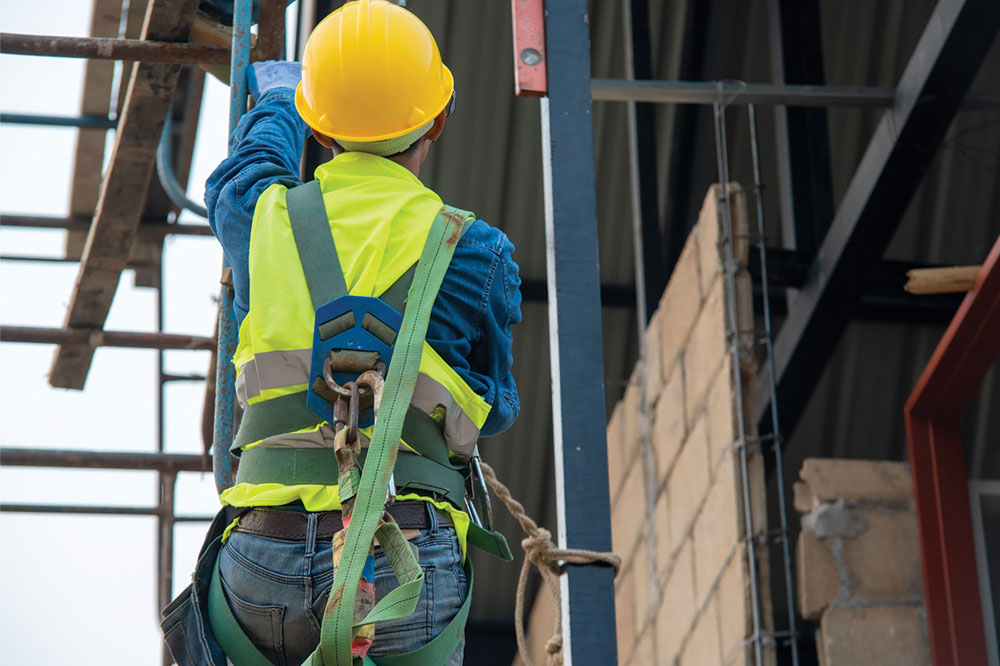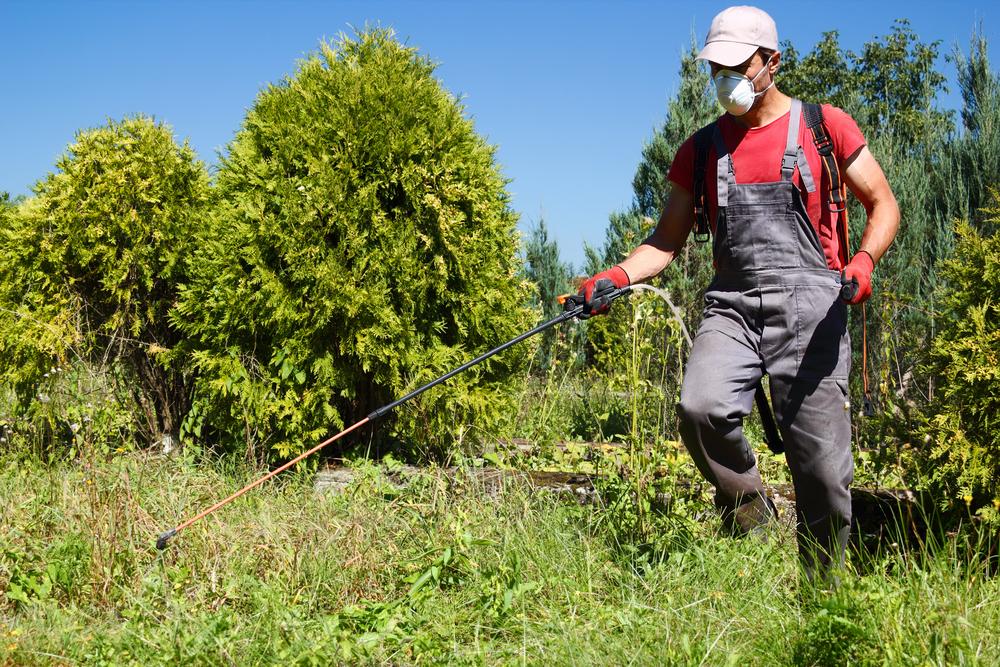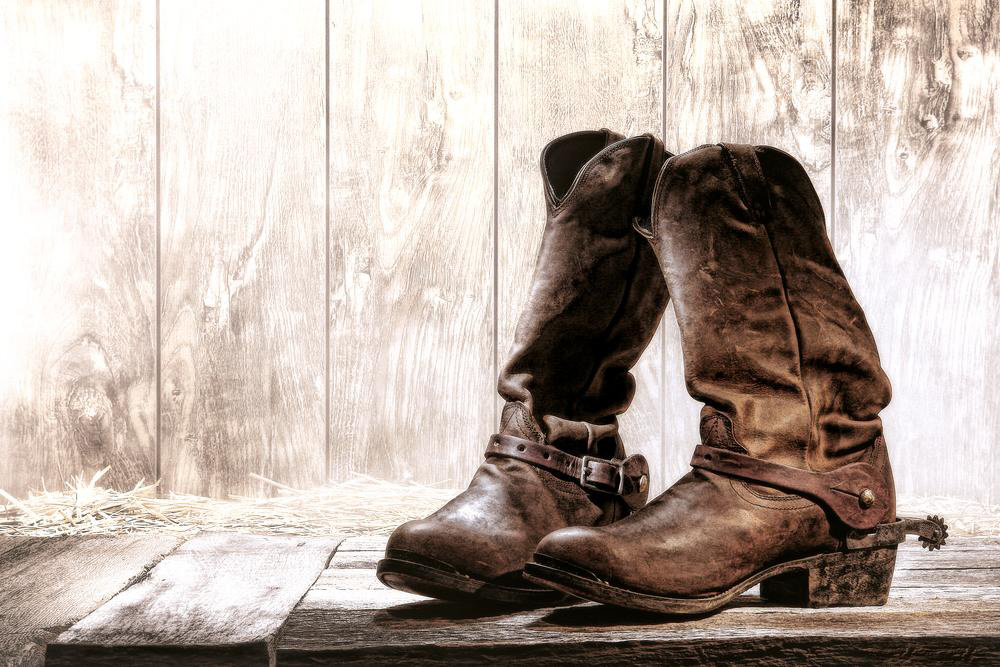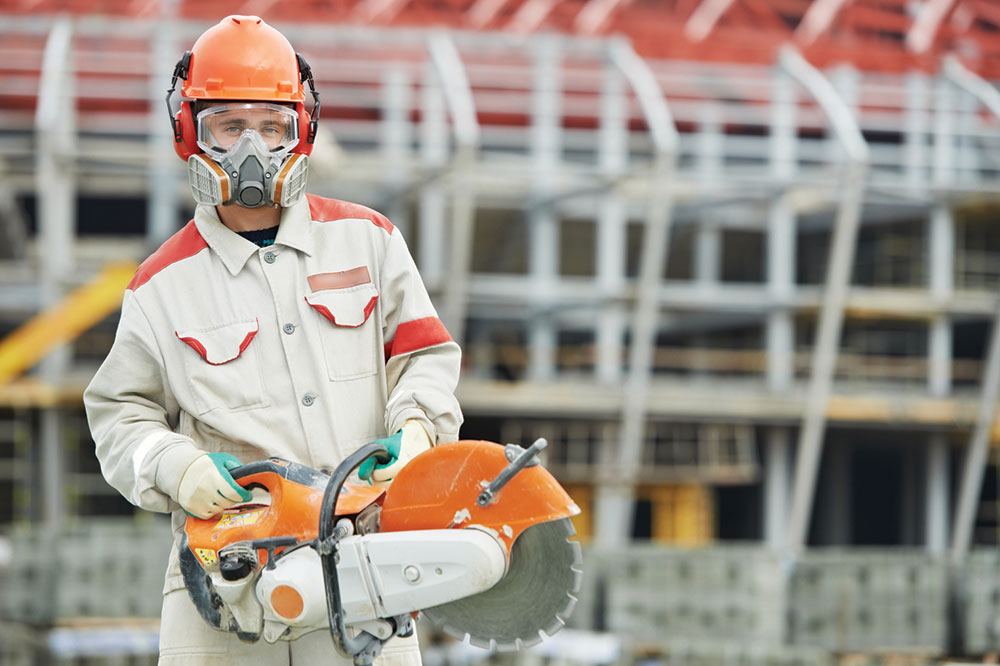Essential Tips for Choosing the Right Safety Harness Set
Discover essential tips for selecting the perfect safety harness kit. This guide covers application needs, size adjustments, padding, and stitching quality to ensure maximum safety and comfort during height-related tasks. Proper selection can significantly reduce fall-related accidents and enhance workplace safety. Learn what to consider for durable, well-fitting harnesses designed for various industries and applications. Prioritize safety with the right harness choice, ensuring both protection and comfort during demanding work at height.
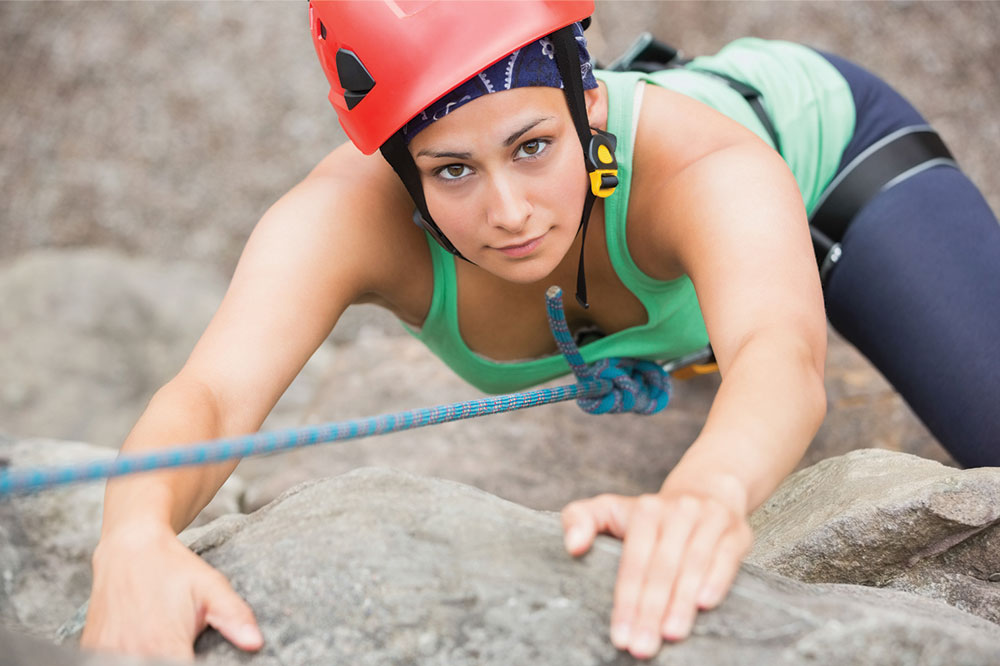
Essential Tips for Choosing the Right Safety Harness Set
According to Occupational Safety and Health Administration statistics, falls are responsible for nearly 40% of fatalities in construction work. Properly selecting a safety harness kit can significantly reduce this risk. Falls often happen into openings, from platforms overhead, or at elevated work areas. Because of the critical role these harnesses play, it’s vital to consider key factors before purchasing. Read this guide to make an informed choice and ensure safety at height.
Application Purpose
The first step in selecting a harness safety kit is understanding its specific use. Clearly defining the job function makes the process straightforward, as different tasks require different equipment.
Common applications for safety harness kits include tree trimming, tower work, construction projects, and high-altitude cleaning tasks. Once the primary use is identified, consider whether additional features like rope access, rescue capability, or welding support are needed. These factors influence the type and design of the harness required.
Size Considerations
Safety harnesses are not universal in size. While many models offer some adjustability, choosing a harness that fits properly for each individual is crucial. Avoid the mistake of uniform sizing across employees, as improper fit compromises safety.
A harness that is too loose offers minimal protection, while overly tight straps can cause discomfort. Ensure shoulder straps rest correctly on the chest, D-rings sit between shoulder blades, and there is enough space to slide a hand between leg straps—neither too tight nor too loose.
Padding Features
Since harnesses contact sensitive parts of the body, padding is essential for comfort and safety. Well-padded straps around the legs, hips, and shoulders distribute pressure evenly, reducing fatigue and providing shock absorption during a fall. Padding can be either removable or fixed, allowing customization based on preference and need.
Stitching and Material Quality
The durability of a harness depends heavily on its stitching quality. Look for double-box stitching, which offers increased strength and longevity. High-quality stitching ensures the harness can withstand the stresses of regular use and weight loads.


